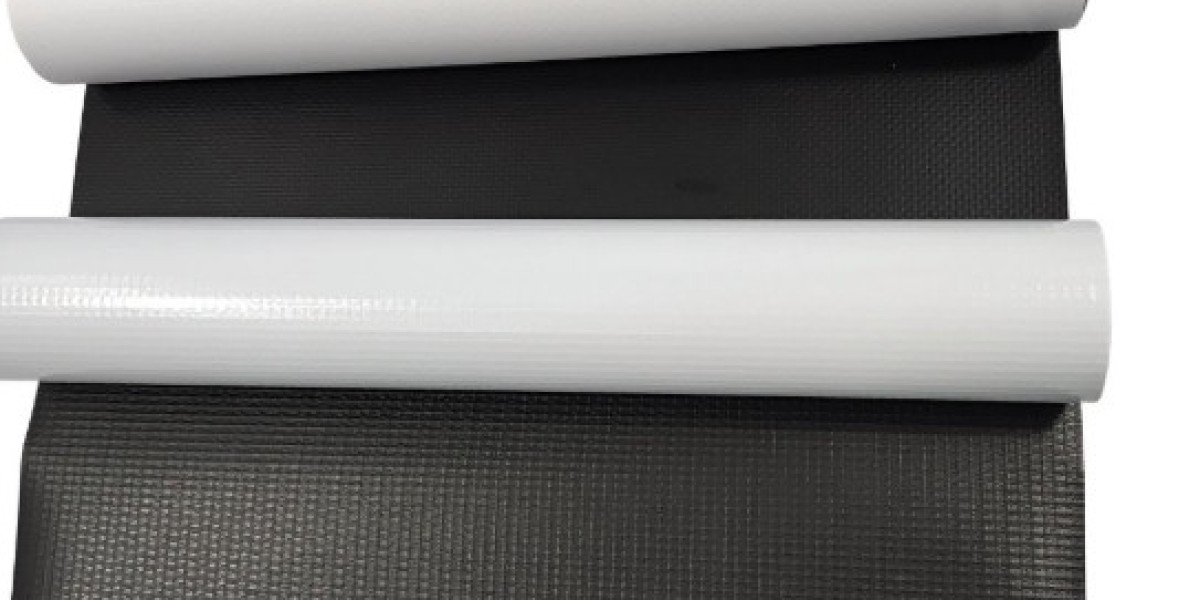The Superhard Materials Market is one of the most dynamic and essential sectors supporting global manufacturing. With applications spanning cutting tools, abrasives, and high-performance wear-resistant materials, superhard materials have become the backbone of industries where durability, efficiency, and accuracy are non-negotiable.
From synthetic diamond for electronics to cubic boron nitride (CBN) for machining hardened steel, the role of these advanced materials is expanding rapidly. As technological demands grow and global industries transform, the market for superhard materials is expected to scale new heights in the coming decade.
What Makes Superhard Materials Unique?
The defining quality of superhard materials is their unmatched hardness, often rated higher than conventional ceramics or metals. This property allows them to resist deformation and wear, making them ideal for industrial operations under extreme conditions.
But hardness is only one aspect. They also deliver:
- High thermal conductivity – helping dissipate heat during machining.
- Chemical resistance – ensuring stability when exposed to corrosive substances.
- Extended tool life – reducing replacement frequency and improving cost efficiency.
This combination explains why superhard material suppliers have seen demand surge in sectors ranging from aerospace to consumer electronics.
Applications Across Industries
Cutting Tools: The Heart of Modern Machining
In high-precision manufacturing, cutting tools made from CBN and diamond inserts are indispensable. They machine hardened steels, composites, and alloys with speed and precision, minimizing downtime and improving productivity. Automotive and aerospace industries, in particular, are major consumers of diamond-tipped and CBN-based tools.
Abrasives: Enabling Precision Finishing
The global demand for abrasives is rising due to their use in grinding, polishing, and drilling. In electronics, diamond abrasives deliver flawless wafer surfaces for semiconductors. In mining and construction, they cut through rock, stone, and concrete with efficiency unmatched by conventional materials.
Wear-Resistant Materials: Built for Harsh Environments
Durability is crucial in heavy industries. Superhard wear-resistant materials are used in drilling equipment, molds, and dies, extending operational lifetimes and reducing maintenance costs. In oil & gas and renewable energy, these materials ensure performance under extreme conditions.
Electronics and Emerging Uses
Beyond traditional machining, synthetic diamond is increasingly valuable in electronics for its ability to manage heat in high-power chips and devices. It also plays a role in optics and sensors, where transparency and durability under stress are critical.
Market Drivers
Several forces are propelling the growth of the Superhard Materials Market:
- Industrial Upgrades – As industries move toward high-precision, automated production, superhard materials provide the efficiency and accuracy required.
- Rise of Electric Vehicles – EV manufacturing relies on advanced machining for lightweight alloys and battery components, boosting demand for diamond and CBN tools.
- Renewable Energy Expansion – From solar wafers to turbine components, renewable energy production depends on durable machining solutions.
- Advances in Synthetic Diamond Production – HPHT and CVD technologies are lowering costs and expanding availability of synthetic diamond for diverse applications.
Challenges Restraining Market Growth
While growth prospects are strong, the industry faces challenges that shape its pace:
- High Costs: Superhard materials, particularly CBN, remain expensive. Shifts in CBN price can significantly affect purchasing decisions in cost-sensitive industries.
- Limited Supplier Base: The market relies on a relatively small pool of superhard material suppliers, which can create bottlenecks and dependency risks.
- Competition from Alternatives: Coated carbides and advanced ceramics continue to compete with diamonds and CBN in certain applications due to lower costs.
- Sustainability Concerns: Mining natural diamonds and energy-intensive synthetic processes raise environmental questions, pushing the need for greener solutions.
Pricing and Supplier Dynamics
The economics of this market are closely tied to production costs and supply dynamics.
- CBN price is influenced by raw material availability, technological efficiency, and demand from sectors like automotive and aerospace.
- Synthetic diamond pricing has been trending downward due to advances in HPHT and CVD processes, making it more accessible to new industries.
- Superhard material suppliers are differentiating themselves by offering customized solutions, such as nano-engineered coatings, hybrid composites, and environmentally friendly alternatives.
Strategic partnerships between suppliers and end-users are becoming common, ensuring that product development aligns with evolving industrial needs.
Regional Landscape
- Asia-Pacific leads the market, driven by its strong manufacturing base, particularly in China, Japan, and India. Electronics, automotive, and construction industries dominate consumption.
- North America is a hub for aerospace, defense, and semiconductor applications, ensuring steady growth in superhard material adoption.
- Europe continues to expand through sustainable manufacturing and high-end industrial applications.
- Middle East & Africa are emerging regions, with opportunities tied to oil & gas exploration and mining activities requiring durable abrasives and wear-resistant tools.
Future Opportunities
The coming years will open new doors for the Superhard Materials Market:
- Green Manufacturing Solutions – Eco-friendly synthetic processes and recycling of worn tools will become critical.
- Integration with Smart Manufacturing – AI-driven monitoring and predictive maintenance will boost demand for durable, sensor-enabled superhard tools.
- Next-Generation Electronics – Wider use of synthetic diamond in thermal management and optics will create fresh opportunities.
- Renewable Energy Applications – Growth in solar, wind, and energy storage will rely heavily on high-precision machining powered by superhard materials.
Conclusion
The Superhard Materials Market sits at the heart of industrial progress, powering applications from cutting tools and abrasives to wear-resistant materials and electronics. While challenges such as high costs and fluctuations in CBN price persist, innovation in synthetic diamond production and a growing base of superhard material suppliers are creating new pathways for growth.
As industries embrace precision, automation, and sustainability, superhard materials will remain indispensable. They are not just tools for today—they are the foundation for the next generation of manufacturing, energy, and technology.








